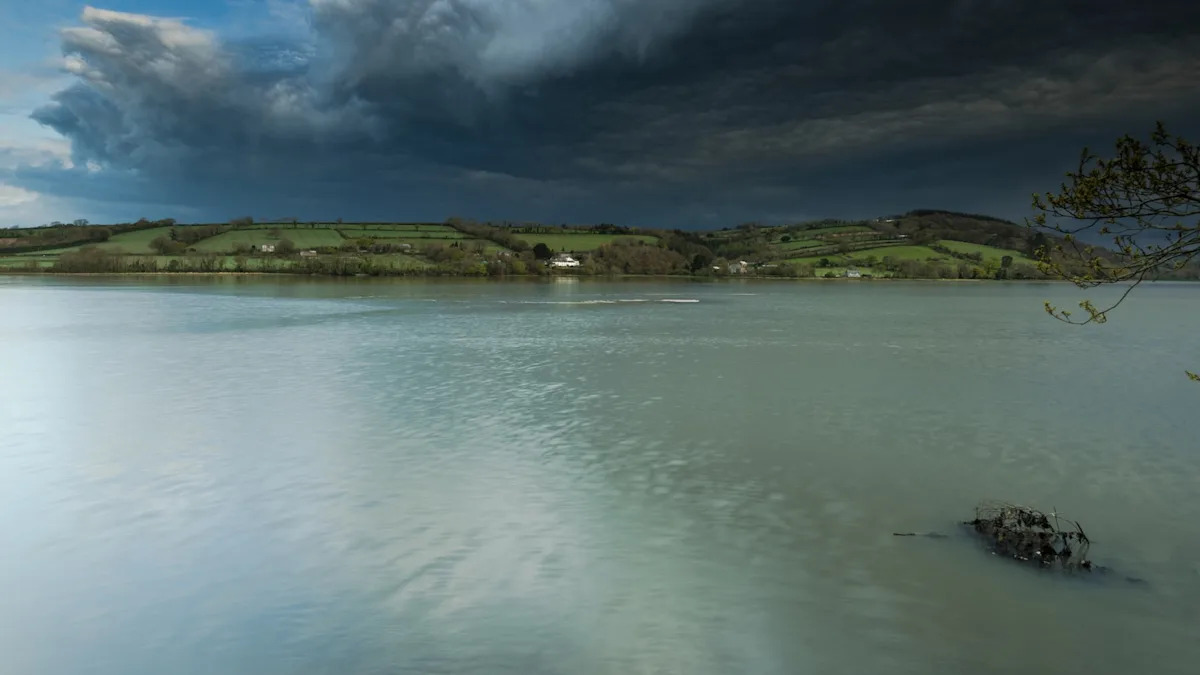Home / Environment / Microscopic Tire Particles Threaten Vital Marine Species and Ecosystems
Microscopic Tire Particles Threaten Vital Marine Species and Ecosystems
20 Oct
Summary
- Tire particles stick to and are ingested by a crucial crustacean species
- Particles may move up the food chain, impacting fish, birds, and human health
- Reducing vehicle weight and driving time can help mitigate the problem

According to recent research, the problem of tire pollution has been underestimated for over 50 years. A new study led by Charlotte Woodhouse at Plymouth Marine Laboratory and the University of Exeter has uncovered the alarming extent of this issue, focusing on a tiny crustacean called Corophium volutator.
This species plays a crucial role in estuarine food webs, where rivers meet the sea. However, the findings indicate that tire particles, which are primarily under 64 microns in size (about the width of a human hair), are sticking to the animals' bodies and being ingested. This could potentially impact their ability to move and eat, with far-reaching consequences.
The researchers warn that these microscopic particles may not only affect the crustaceans but could also travel up the food chain, potentially impacting fish, birds, and even human health. As these pollutants make their way through the estuarine ecosystem, they could ultimately end up on our own dinner plates.
Advertisement
To address this growing environmental threat, experts suggest reducing vehicle weight through lighter batteries in electric vehicles and promoting alternative modes of transportation, such as cycling, walking, and public transit. Additionally, ensuring proper disposal of used tires is critical to prevent further solid waste pollution.



